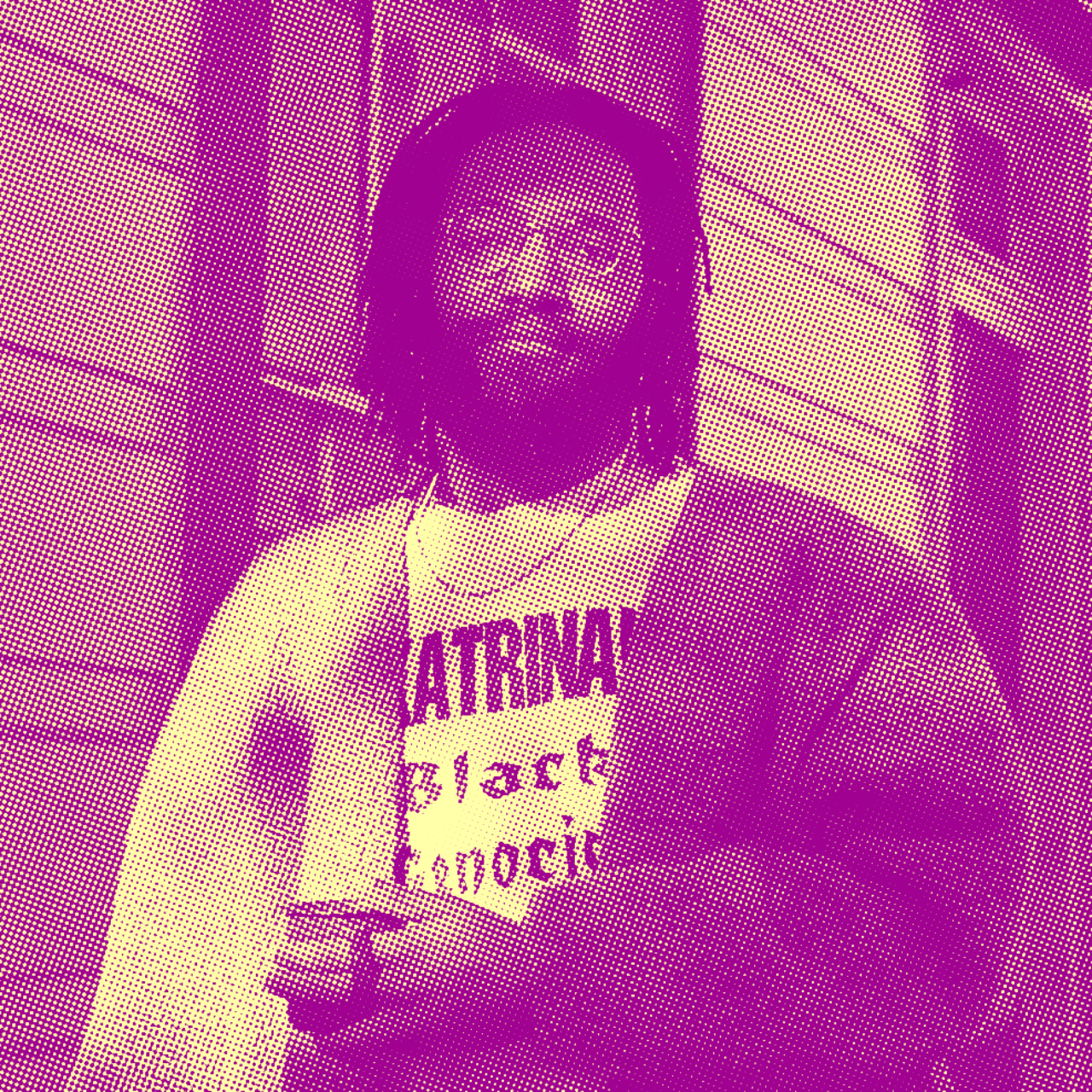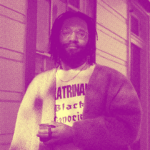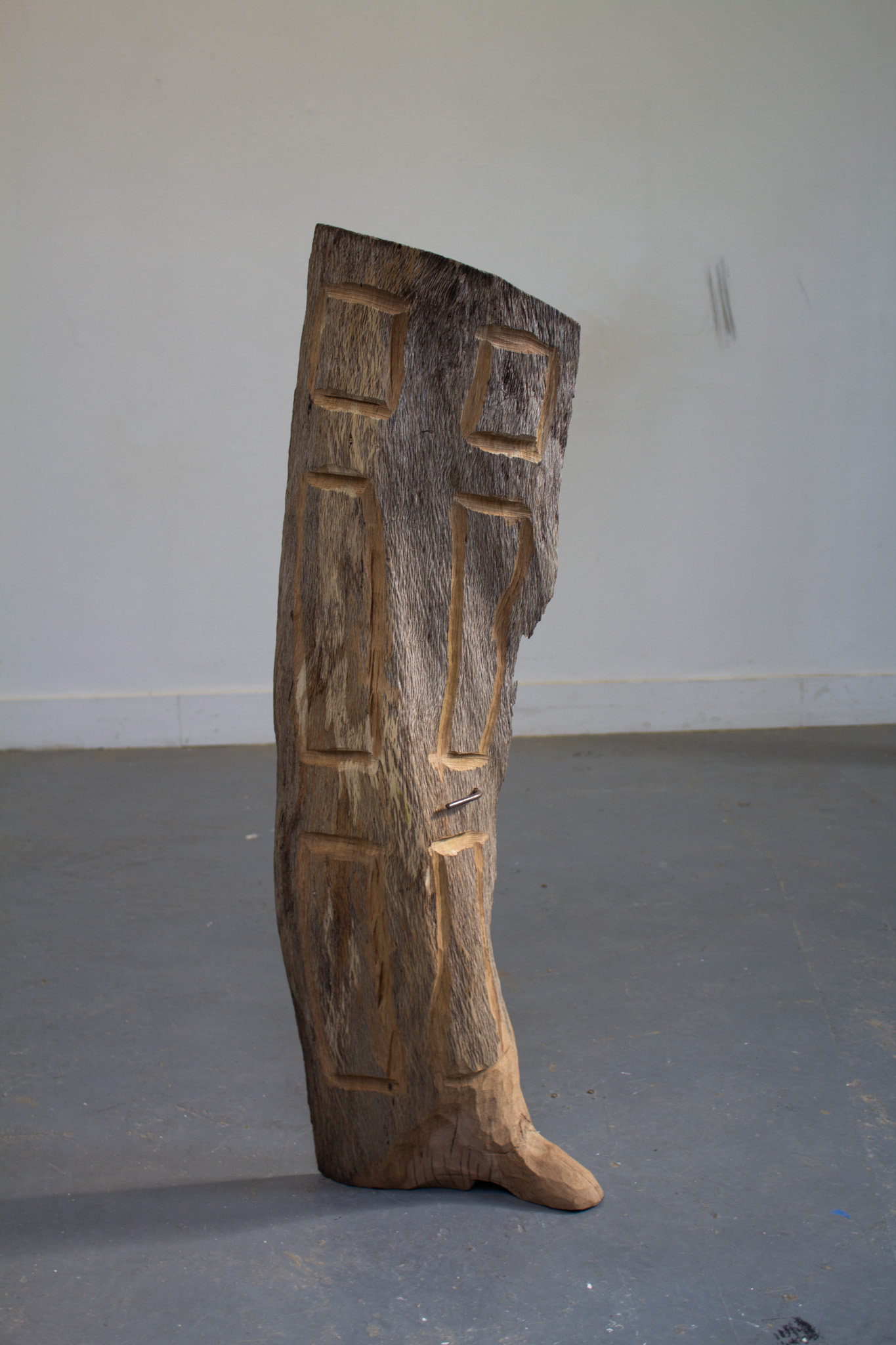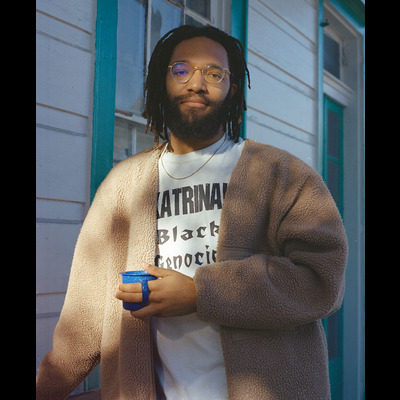How do you characterize the media you work in?
I’m predominantly a writer and a researcher, though I also work with music and objects. My background is in geology—I’m a trained coastal sedimentologist—and I think about earth’s processes as the ultimate Indigenous knowledge system. In my work I focus on unearthing Indigenous and non-Western knowledge systems, which might help us to get out of the death loop of a system we’re in, which looks a lot like capitalism, private property, and the carceral system.
How does your practice engage with technology?
I’m interested in looking back at technologies that are no longer alluring so we can see the allure of contemporary technologies with more clarity. In connection to my own background, especially in the American South, Black people were once the technology of the day. When a certain degree of extraction and extortion was no longer possible, that technology was rejected. At the same time, when I witness a Black person pick up a musical instrument like turntables, I see an exciting technological conversation. Technology can be really affirming but of course there’s a shadow in technology and the economics of technology that isn’t going to leave it.
What was your focus during your time at Eyebeam? Was there a culminating project?
Because the structure of the Eyebeam fellowship was open-ended and flexible without set expectations, it really supported creative work. I did something I’ve never done before, which was work in sculpture. I carved a sculpture out of a cypress tree, which is the state tree of Louisiana, and gave it a door and foot. My hope was that the piece wouldn’t be easy to consume. When I was sculpting, I was thinking about the visual history of the South, and the status of the outsider artist as an epistemological disruptor. There are so many outsider artists in the South who have a different way of seeing that doesn’t even acknowledge institutional criteria, which is such a radical gesture. These are the works that end up being the most interesting.




